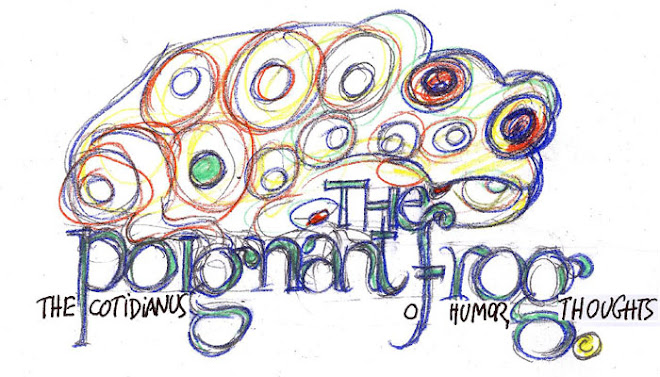drawing by marguerita
Almost 20 years ago, Dr. Spencer
Johnson wrote a legendary book titled, Who Moved My Cheese? It tells a What politicians, small business and mice have in common a s tory about four characters who ate only cheese. Early in the story all four characters went to the same place in their world – a maze – to get cheese. The first two were not picky about their cheese or where...
With Who Moved My Cheese? Dr. Spencer Johnson realizes the need for finding the language and tools to deal with change--an issue that makes all of us nervous and uncomfortable.Most people are fearful of change because they don't believe they have any control over how or when it happens to them. Since change happens either to the individual or
by the individual,Spencer Johnson shows us that what matters most is the attitude we have about change.
When the Y2K panic gripped the corporate realm before the new millenium, most work environments finally recognized the urgent need to get their computers and other business systems up to speed and able to deal with unprecedented change. And businesses realized that this was not enough: they needed to help people get ready, too.
Spencer Johnson has created his new book to do just that. The coauthor of the multimillion bestseller The One Minute Manager has written a deceptively simple story with a dramatically important message that can radically alter the way we cope with change. Who Moved My Cheese? allows for common themes to become topics for discussion and individual interpretation.
Who Moved My Cheese? takes the fear and anxiety out of managing the future and shows people a simple way to successfully deal with the changing times, providing them with a method for moving ahead with their work and lives safely and effectively
Dailyinvestorworld.com
Johnson wrote a legendary book titled, Who Moved My Cheese? It tells a What politicians, small business and mice have in common a s tory about four characters who ate only cheese. Early in the story all four characters went to the same place in their world – a maze – to get cheese. The first two were not picky about their cheese or where...
by the individual,Spencer Johnson shows us that what matters most is the attitude we have about change.
When the Y2K panic gripped the corporate realm before the new millenium, most work environments finally recognized the urgent need to get their computers and other business systems up to speed and able to deal with unprecedented change. And businesses realized that this was not enough: they needed to help people get ready, too.
Spencer Johnson has created his new book to do just that. The coauthor of the multimillion bestseller The One Minute Manager has written a deceptively simple story with a dramatically important message that can radically alter the way we cope with change. Who Moved My Cheese? allows for common themes to become topics for discussion and individual interpretation.
Who Moved My Cheese? takes the fear and anxiety out of managing the future and shows people a simple way to successfully deal with the changing times, providing them with a method for moving ahead with their work and lives safely and effectively
Dailyinvestorworld.com













